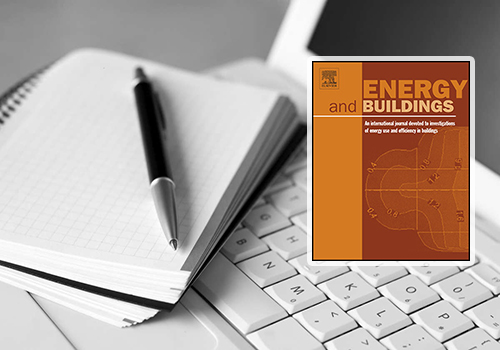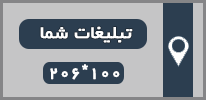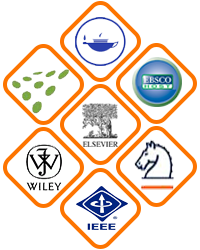کنسرسيوم دانشگاهيان و متخصصان ايران
کنسرسيوم ايرکاس | آموزش مجازي | دوره هاي تخصصي |مدرک معتبر| مدرک بين المللي | دوره هاي حضوري| جامعه مهندسي | جامعه پزشکان | متخصصان ايران
آموزش تعمير تجهيزات پزشکي
آموزش تعمير تجهيزات پزشکي
انجمن مهندسي پزشکي
دوره هاي آموزشي پر درآمد
آموزش بازسي جوش
آموزش پايپينگ
انجمن مهندسي مکانيک
دوره آموزشي تعميرات
آموزش تعميرات تجهيزات دندانپزشکي
آموزش تعمير تجهيزات بيمارستاني
آموزش تعمير تجهيزات تصوير برداري
آموزش مجازي
صدور گواهي نامه بين المللي
دانشجويان مهندسي پزشکي
تعميرات تخصصي
تعمير تجهيزات اتاق عمل
Economic viability of extensive green roofs through scenario and sensitivity analyses: Clients’ perspective

Abstract:
Extensive green roofs (EGRs) are known to provide many public and private benefits. Nevertheless, their initial investment and maintenance costs form a high barrier in front of their installations for private users. Although the life cycle costing approach can have capacity to draw a real picture of this view, related previous studies using this approach present highly different results. Therefore, the aim of the current research was to carry out a sensitivity analysis to determine the causes behind these highly instable results. Moreover, scenario analysis was performed to reveal a full perspective for potential clients. In doing these analyses, four methods of economic viability were employed. For comparison purpose, a real world case study was considered and an EGR was compared with a wooden roof. Consequently, only energy saving characteristic out of 14 inputs was found to have a significant effect on the concluding result. Also, EGR was found to be both more viable than wooden roof even in the worst scenario and feasible as an individual investment except the worst scenario. However, based on highly variable results in international and national levels, it is obvious that regional practices and case-specific conditions can have vital aspects in economic viability investigations.
Authors:
Serdar Ulubeyli ∗, Volkan Arslan
Keywords:
Economic viability
Extensive green roof
Private benefits
Scenario analysis
Sensitivity analysis
دپارتمان های علمی
درباره کنسرسیوم
پنل آموزشی
آمار سایت
مراکز خدماتی و رفاهی طرف قرارداد





















